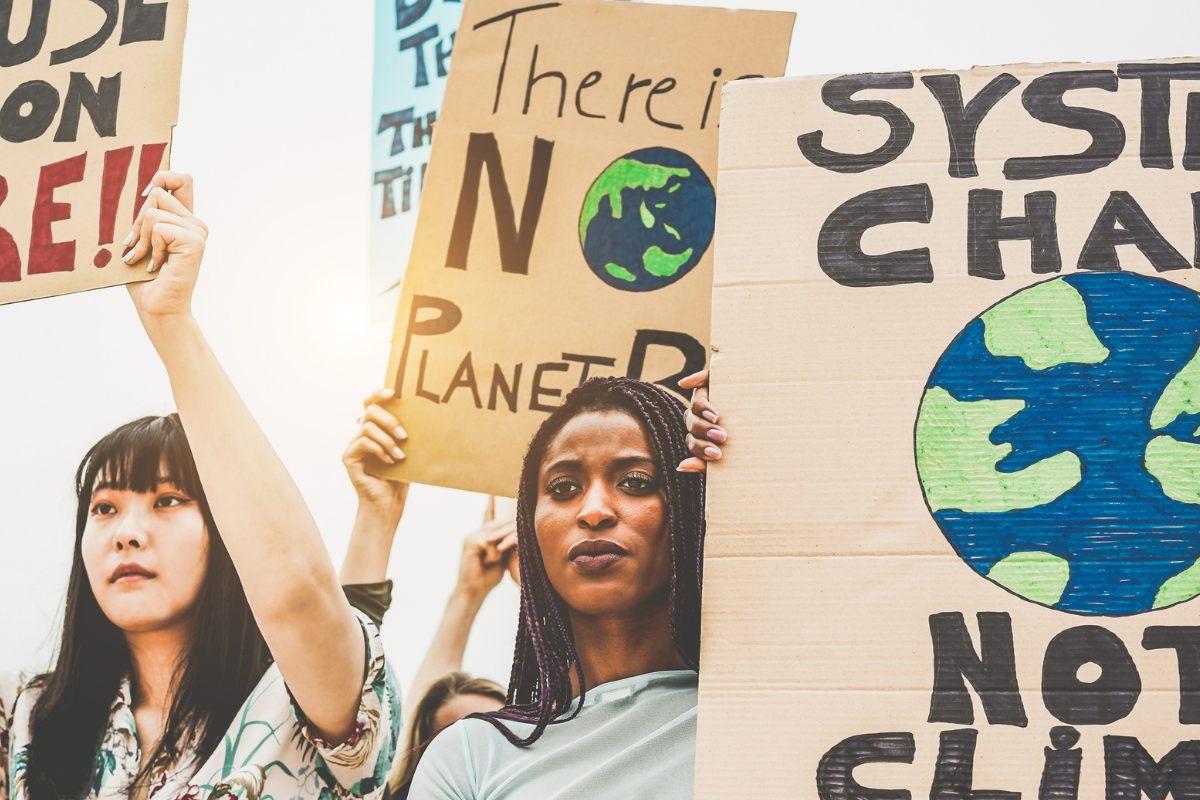The heat wave that has scorched Western Canada in recent weeks set all-time Canadian heat records, but the consequences of extreme climate events can be more dangerous than just the discomfort of hot weather. As these types of environmental pressures become more common, it’s critical to acknowledge and understand the impact that climate change can have on women and girls.
How Climate Change Leads to Gender-Based Violence
In the short-term, extreme heat can be a stressor that triggers gender-based violence, according to a 2018 study that examined the impact of heat waves on intimate partner violence (IPV). The study, which analyzed police reports of IPV and help line calls in Madrid, Spain in days after temperatures were higher than 34 degrees Celsius, found that the risk of IPV increased three days after the heat wave, police reports of IPV increased one day after, and help line calls increased five days after the heat wave.
Additionally, there is evidence to suggest that extreme weather conditions can exacerbate other life stressors, which can also lead to increases in gender-based violence. According to a 2021 study in the BMJ Global Health Journal, risk factors for post-disaster violence against women include increased life stressors, failure of law enforcement, exposure to high-risk environments, exacerbation of existing gender inequalities and unequal social norms.
Climate activists are demanding that governments address the ongoing climate breakdown with a focus on the gender-based impacts that are felt worldwide. In 2020, The International Union for the Conservation of Nature (IUCN) released the results of a study that examined the global impact of climate change on gender inequality.
“We found gender-based violence to be pervasive, and there is enough clear evidence to suggest that climate change is increasing gender-based violence... As environmental degradation and stress on ecosystems increases, that in turn creates scarcity and stress for people, and the evidence shows that, where environmental pressures increase, gender-based violence increases.”
Cate Owren, a lead author on the IUCN report
Gender-Based Violence and the Fight for Climate Action
Gender-based violence is not just a result of climate change, but also represents a critical barrier in the fight for climate action. Research addressing this topic suggests not only that we must understand how climate change impacts women and girls, but also that climate activism requires an explicitly feminist approach.
“When we see the inspiring leadership of female activists like Greta Thunberg, we should recognise that the lives and livelihoods of women and girls around the world are particularly threatened by climate change,” says Bob Ward, the policy and communications director at the Grantham Research Institute on climate change and the environment.
“The empowerment of women and girls and their protection from the direct and indirect consequences of climate change must lie at the heart of the just transition to zero-carbon and climate-resilient societies.”
Bob Ward

